Use your Imagination for your Stories
Making your Story Concepts a Reality
Blauw Films

When thinking about your story, new ideas are formed and images or concepts materialise themselves.
They say some people are gifted with vivid imagination. However, creativity is a skill anyone can learn. And it’s a skill necessary for those in the arts or modern business.
Our own mind is the most resourceful tool we have...
I’d like to talk about World-building, macro-narrative and micro-narrative, and letting your imagination loose. But before that, let’s take a moment to compare creativity and imagination.
Creativity or Imagination?
When working on a new project that requires world-building, it’s time to stretch those creative muscles and dive deep into your imagination.
Creativity is the ability to turn your imagination into reality.
It starts with thinking which in turn sparks your creative thought.
Your imagination will now hopefully get the better of you.
Imagination is the ability to conjure up thoughts in your mind.
This is your sensory simulation of tangible objects, sensations or ideas. Imagination is where most of the fun happens. Depending on how warmed up you are, you can very quickly bounce from one idea to another, exploring many problem-solving approaches to a singular idea.
Then being able to capture that imagination and turn it into actionable steps or direction, is creativity. The cool thing is, creativity is mainly a skill! If you feel like you need to improve your creativity, you can most definitely do that.
Ways to improve your creativity
If you’ve been feeling in a creative slump, thinking creatively can feel like an uphill battle.
First things first:
Relax.
Really. Relaxation is essential to capture your imagination clearly. If you can reach a state of Flow the ideas you get will have stronger connective tissue between them and the worlds will more naturally land on the page.
Searching for a good idea is one of the most complex parts of creativity. For world-building I use the following techniques to get my imagination activated.
- Close your eyes and breathe. Daydreaming, letting your mind wander or taking a nap is a great way to loosen your mind. Similar to taking rest between creative sessions, you are allowing your mind to let ideas flow naturally. Closing your eyes stimulates your thoughts to materialise. Don’t worry if it doesn’t work immediately. Even relaxing takes practice.
- Freestyle. Write whatever thoughts come to mind. Doodle on a piece of paper. Speak your ideas out loud and make a voice memo. All of these techniques work well as a freestyle. This subconsciously stimulates your imagination to have fun! Have fun and not care about the importance of each idea.
- Talk to people. And ask questions. By showing interest in other people’s conversations and being present in the moment, you will capture a large quantity of stimulants. Sometimes you don’t know you’re storing an idea for later until that idea reminds you of itself later. Having day-to-day experience in life is a great way to fuel your brain with reference.
- Exercise your body, practice your craft. Yes, it really is that simple. Practicing creativity improves your ability to recognise patterns and curate your own imagination more effectively. If you are truly stuck creatively and haven’t had practice in a while, try using your creativity for something small and achievable. Then scale back up until your tackling bigger challenges. But your body needs to be healthy as well!
Personally, I spend a lot of time behind the computer. At some point I run into creative fatigue. Taking my mind “off” the work and exercising brings some fresh energy to my brain and that’s goodbye fatigue.
Building worlds for your stories
Now we get to the meat of it. Storytelling and World-building.
When working in cinema like we do, IP development is an important step in production. While we are writing a screenplay we don’t just think of the scenes included in the film. Yes. From an editing standpoint we do write the film the way it should be presented in the end. However, from a storytelling standpoint we explore the world wide and vertically.
For those willing to get right into an exercise, this link takes you to our Free worksheet.


When building your worlds it is good to think about
- Macro-narrative. The over-arching story including everything below.
- Macro-story. The over-arching storyline of your universe. The historical timeline of your creation.
- Micro-story. A singular plot and story taking place within your macro-story.
- Nano-stories. These are smaller stories that take place within your macro-story.
- Vertical exploration. These are narratives that take place within either micro or nano-stories and are usually left out of the screenplay.
For those of you that want an in-depth guide on these concepts, I’d recommend the book Make Your Story Really Stinkin’ Big by Houston Howard.
The Actionable Steps
- The setting. How much do you know already about your world? The most important step to world-building is having a general idea of where your story is set and where you want to take it.
- The status quo. This could be right before your story starts, this could have been there for thousands of years, or whatever you prefer. The question is, what did your world look like when the narrative was resting?
- The turning point. This can be 1 major event or a sequence of smaller events. However, their consequence is so big that we can never return to the status quo.
- The major players. Your world is now changing for good and the question to ask yourself is, who were those that contributed to this? They could be currently alive in your world, but their contributions could be from a past long gone as well.
- The world philosophy. Think about the world’s inhabitants. There are always exceptions to the rule, but most people follow the Zeitgeist. Their philosophy can be simplified to that of a hive-mind of ideas and behavioural patterns.
- The events that followed. What happens next? Describe the noteworthy events that happened in the New World. Now that the status quo has been broken, a new world has been created that in time, will become the new status quo.
Conclusion
Alright that’s it! Follow these principles and you’ll do great. I’m sure of it :)
Don’t get discouraged if it doesn’t work out immediately. Creativity is hard. Way harder than most would like you to believe. Just let loose and uncompromisingly create!

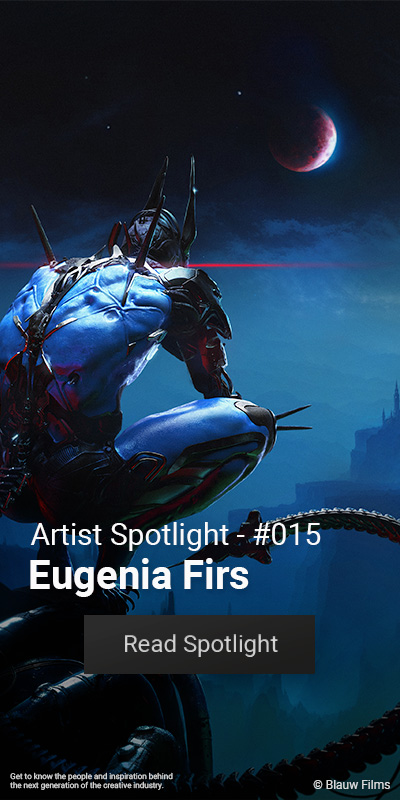





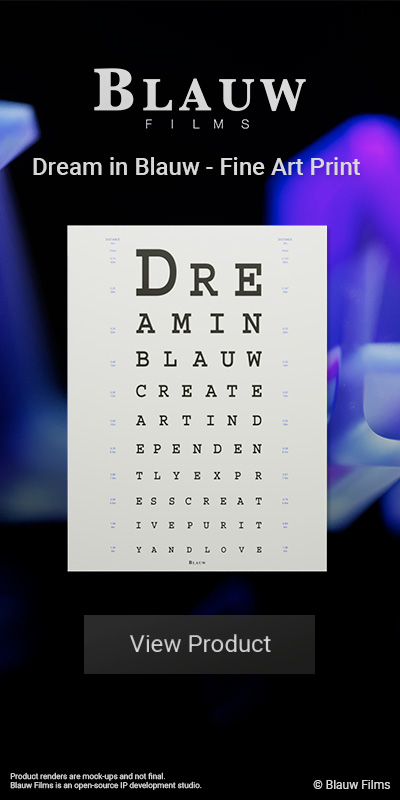








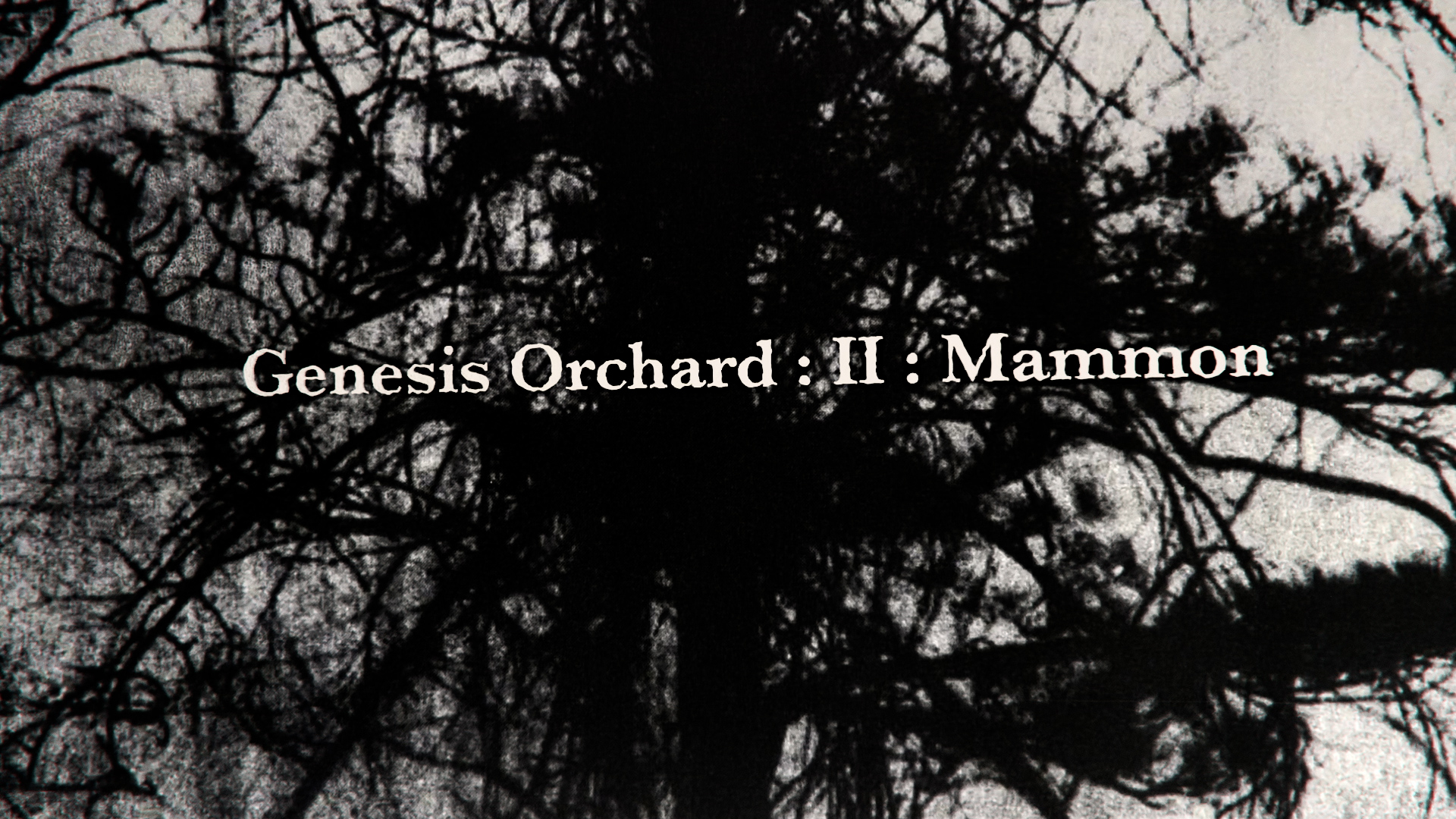

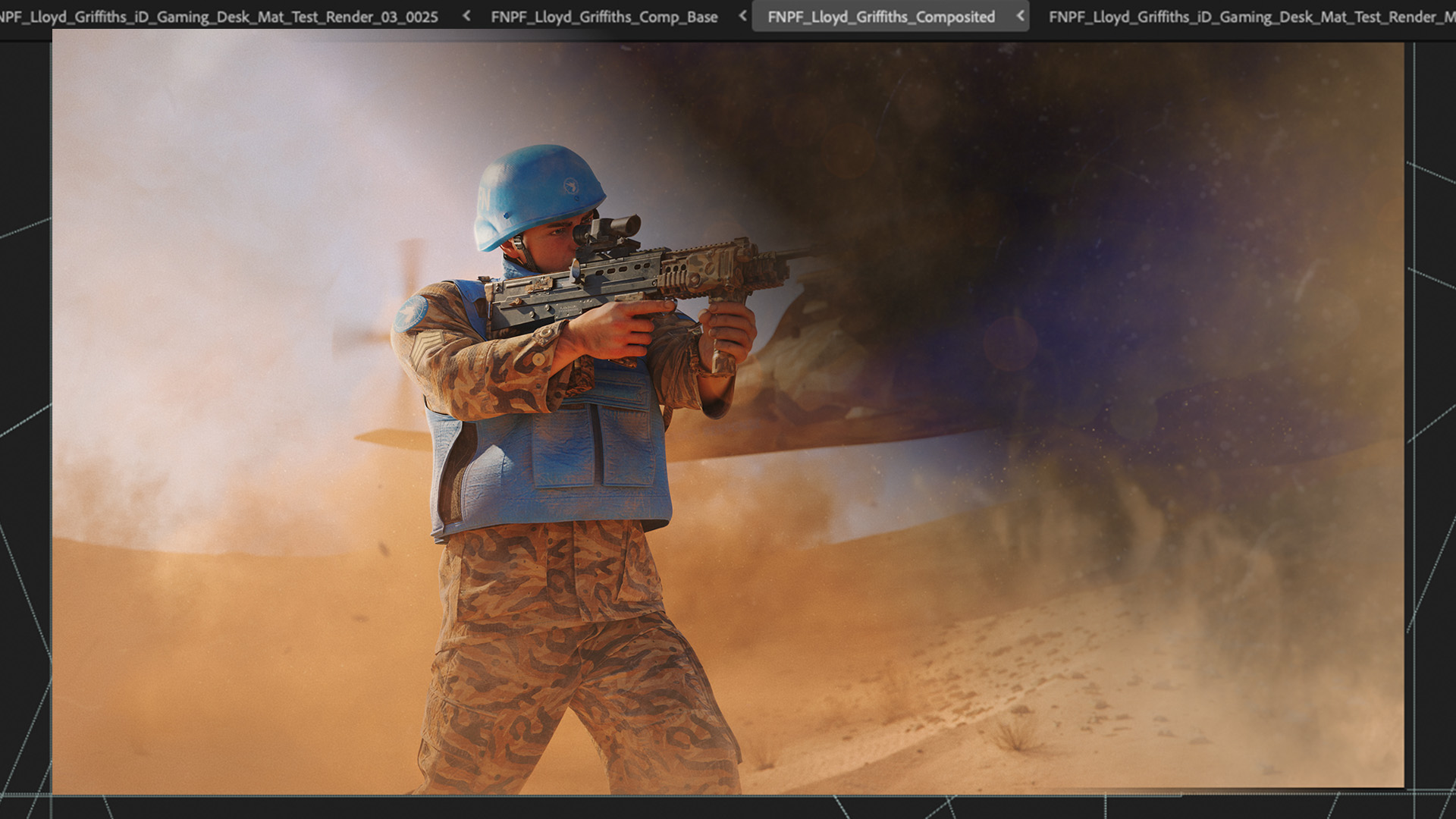

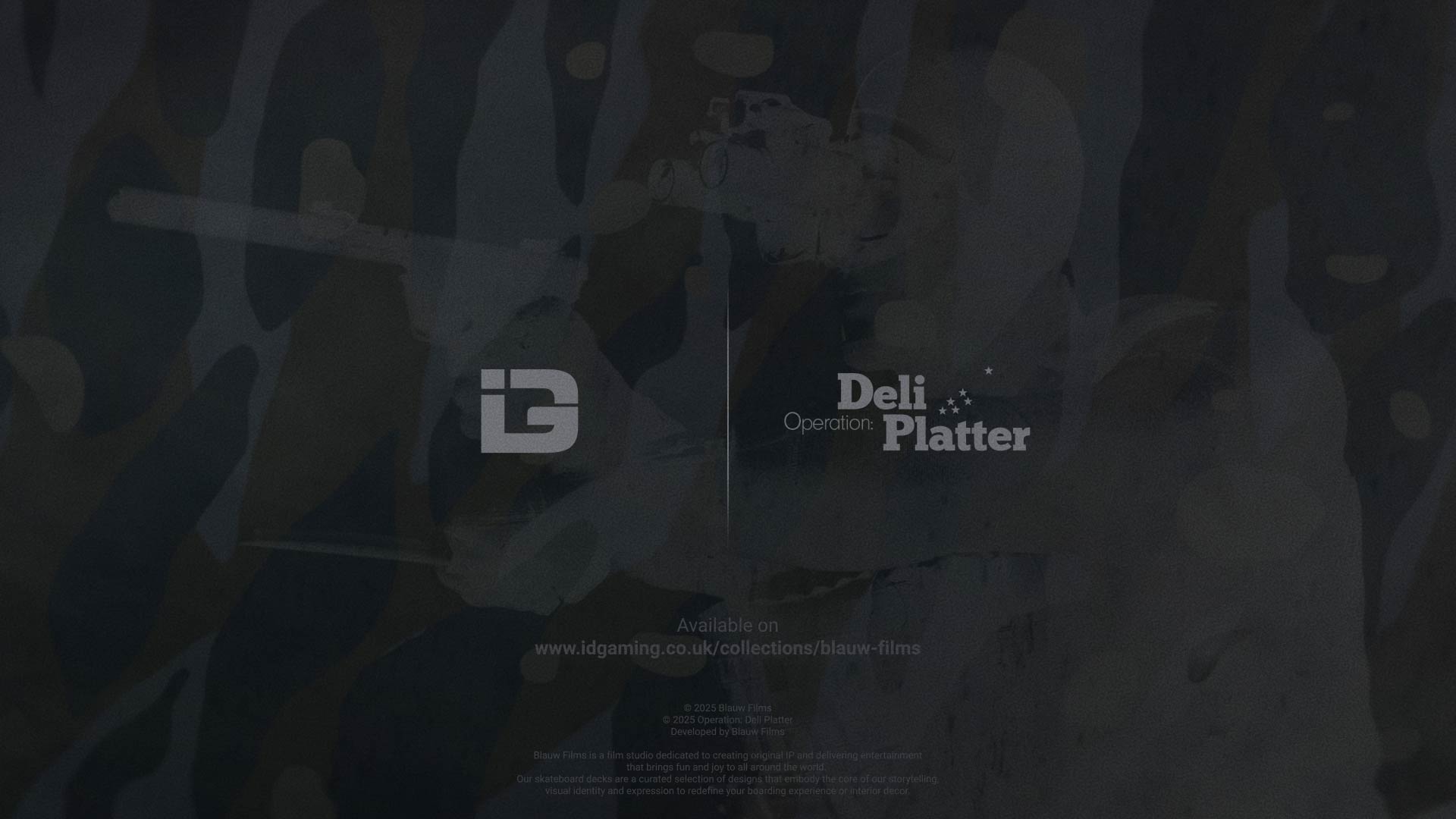

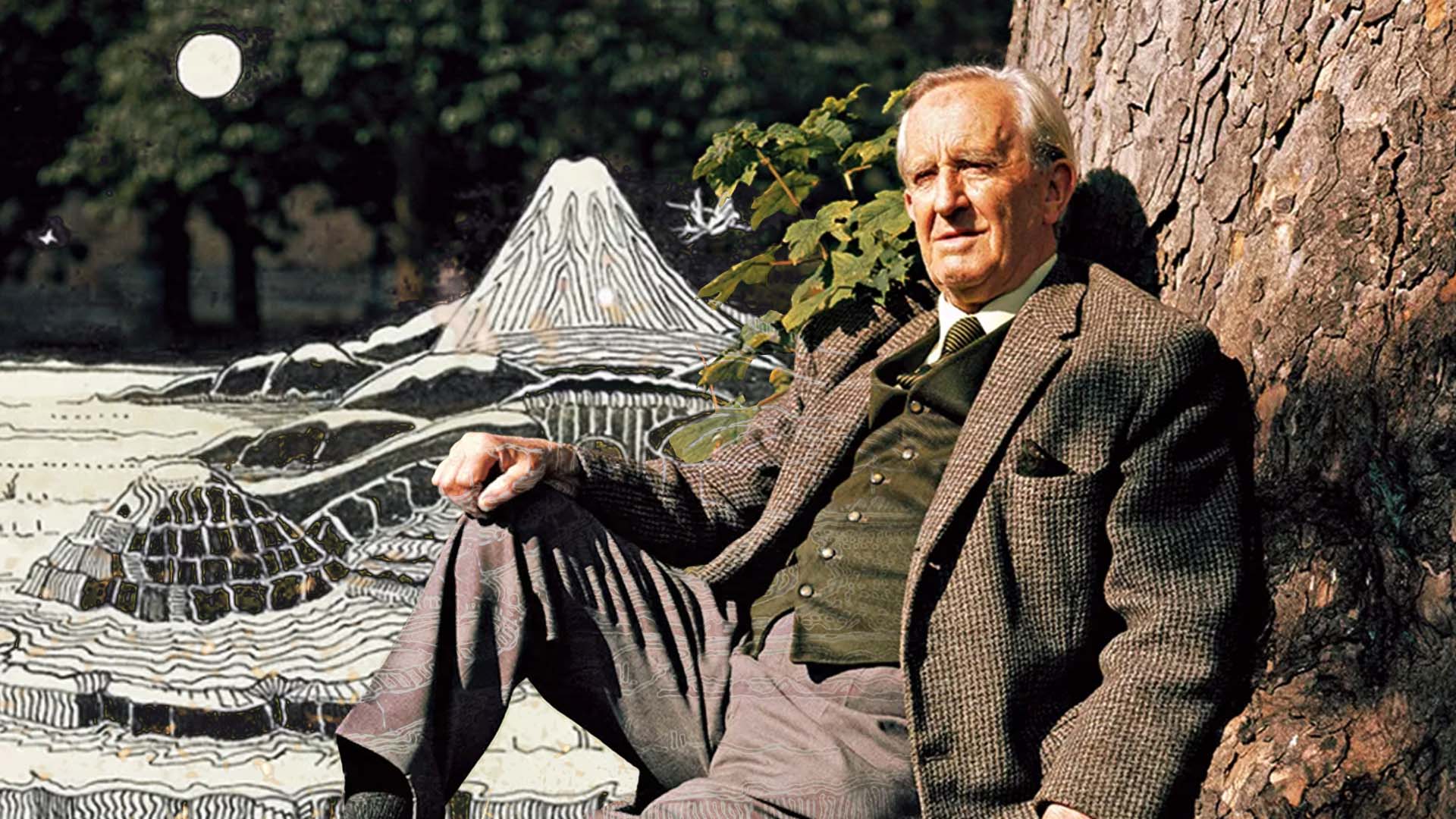







%20by%20Ivan%20Aivazovsky.jpg)






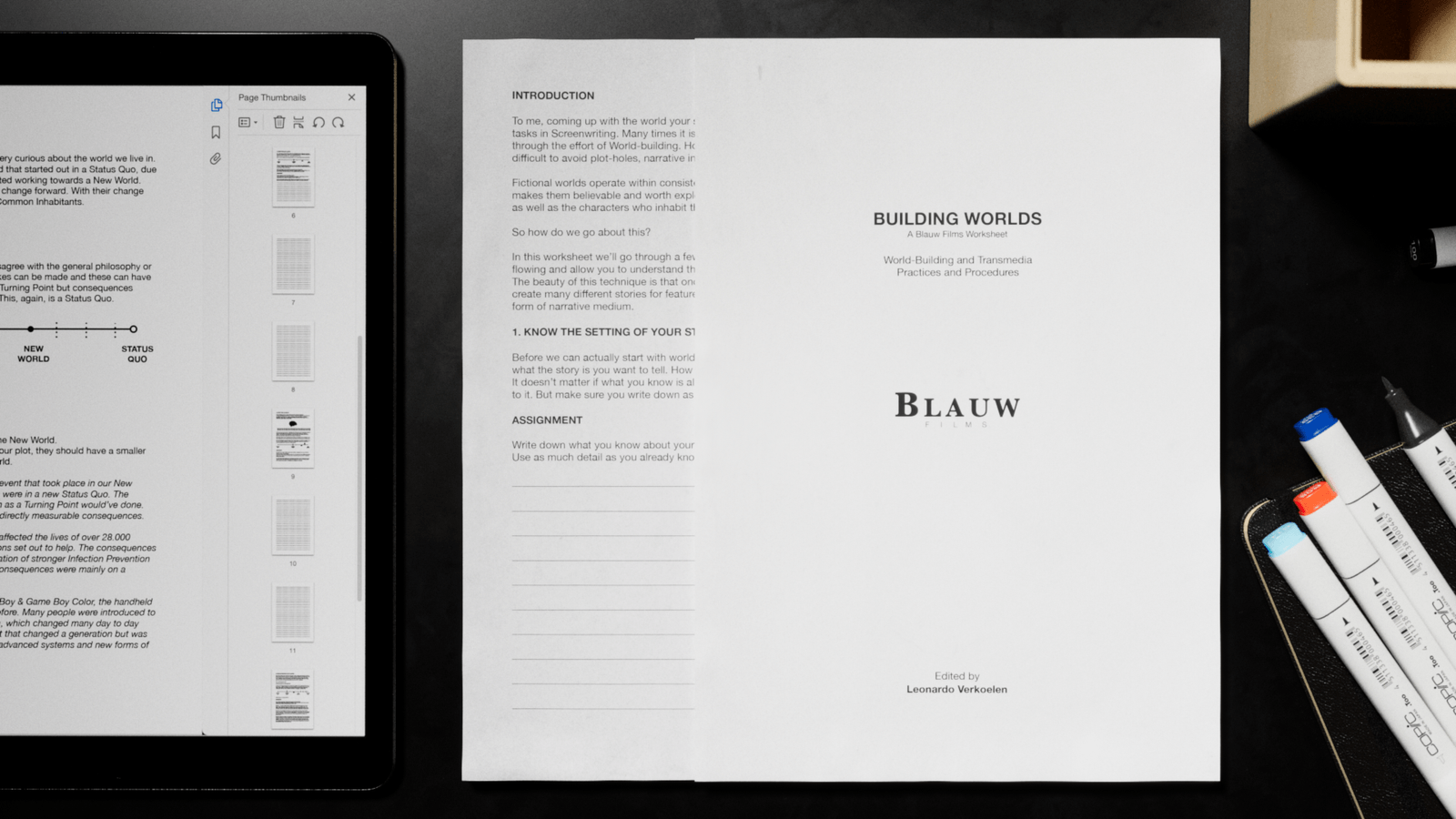









































































0 Comments